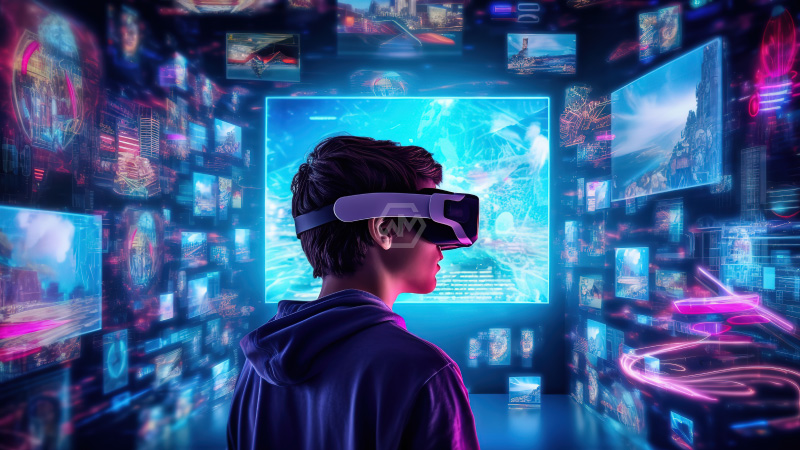Web 2.0’s inclusion of collaboration and social interaction has had a significant impact on how games have evolved. As a result, online games like Fortnight, Call of Duty, League of Legends, and DOTA were created, enabling users to buy, sell, and exchange a variety of items.
However, the centralized design of these games resulted in problems including license revocation, server outages, and DDOS assaults. Players also had limited control over their in-game possessions, which made it challenging for them to adjust to significant gameplay changes.
Web 2.0, Web 2.5, and Web 3.0
With the release of Web 2.5, centralized gaming began to give way to user autonomy over their data and in-game assets. Users now have the option to own and exchange in-game assets thanks to the development of blockchain technology and tokenized assets like NFTs.
As a result, there are now opportunities for play-to-earn trading where assets may be exchanged for cryptocurrencies and vice versa. Players have been exposed to crypto wallets, which enable storage, tracking, and transactions with tokens and cryptocurrencies, to help with trading.
- Web 2.0 revolutionized gaming with collaboration, social interaction, and online games.
- Play-to-earn trading enables asset exchange and crypto wallets.
- Web 3.0 faces a learning curve, blockchain inadequacies, and limitations.
On the other hand, Web 3.0 strives to push the envelope for more security, stability, and freedom. Decentralized games are hosted on a network of computers or nodes and are autonomous, requiring no cloud infrastructure or single server. It is challenging to hack or temporarily shut down the entire service at once because of this dispersed architecture.
Web 3.0 does come with some restrictions, such as the learning curve for users who are already familiar with cryptocurrencies and NFTs and the inadequacies of blockchain technology for real-time data storage.
While Web 3.0 is still in its early stages, games like Axie Infinity, Decentraland, The Beacon, and The Sandbox are leading the push, but several recent releases promise even more advancements.
For instance, the fully decentralized Cryptopia introduces cutting-edge features like an integrated wallet for a seamless gaming experience and a cutting-edge player-driven P2P node network for real-time gameplay. By enabling seamless interaction for players, this technology revolutionizes Web 3.0 gaming.
Therefore, the direction of online gaming will continue to be the same: to eliminate middlemen and give players the power they rightfully deserve.



